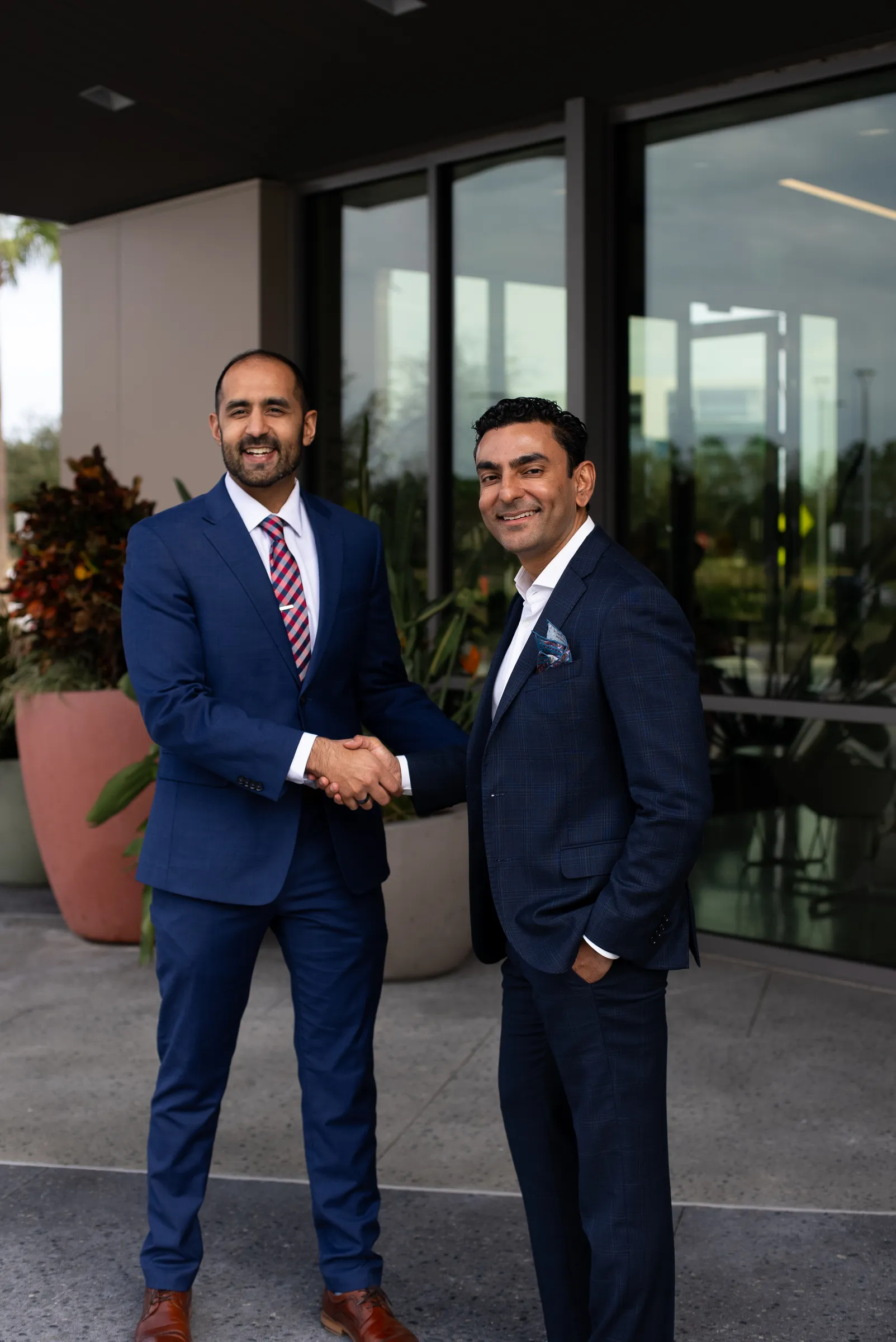Cataracts are the clouding of the natural lens in the eye that affects vision. Cataracts can occur in either or both eyes. Almost 50% of all Americans over the age of 75 have cataracts. However, as advances in eye care continue to grow and evolve, Lake Nona patients have several effective options when it comes to the treatment of cataracts.

Traditional Surgery
During this method of cataract surgery, your cataract will be removed and a lens implant will be inserted. While the patient is comfortable under a sedation-anesthesia, the cataract is accessed via small, manual, incisions using a sub-3mm blade. Once inside the eye, the thin capsule of the lens is opened, much like a can-opener, using a sharp instrument shaped like a bent needle. The cataract is now free to be broken into small fragments, and vacuumed out of the eye using phacoemulsification, an ultrasound technology.
Once cataract removal is complete, a folded lens is implanted into eye and is placed within the thin capsule that the natural lens once sat. At the conclusion of the surgery, the incisions are hydrated with sterile saline to produce a water-tight wound. Patients are then escorted to the recovery area and discharged within 30 minutes to an hour. The patient will be instructed to use eye drops after surgery to reduce the risk of infection and inflammation. Visual recovery on average may take up to 7-14 days.
ReLACS: Refractive Laser-Assisted Cataract Surgery

Once confirmed, the femto-second laser will complete each step of the plan; this portion of the procedure takes less than 1 minute. The machine is then undocked, and the patient is transferred to the operating room where the manual portion of the cataract surgery will begin. At this time, the incisions are accessed using blunt instruments, the lens capsule is removed, and the primed cataract is removed with much less “power” than traditional cataract surgery. A lens is implanted just as in traditional cataract surgery. The patient is then taken to the recovery room and discharged. Patients will take eye drops as instructed and visual recovery occurs within 7 days.
ReLACS enables the cataract surgeon to fully customize each step of the surgery in order to provide the most accurate and precise vision that many patients desire. ReLACS offers several benefits including:
- Shortened recovery times
- Reduced inflammation after surgery
- Reduced dependence on glasses or contact lenses
- Efficient pre and post-operative care (2-3 hours)
Intraocular Lens Implants (IOLs)

Lens options include:
Standard Monofocal Lens Implant
This basic design allows for improved vision at a set distance, so 90% of patients have to wear eyeglasses with this particular lens. Imagine wearing a pair of single vision glasses, these glasses will not assist you with reading or intermediate distances, and may still be blurry if a patient has pre-existing astigmatism.
Toric Lens Implants
This option is best for patients with astigmatism. Asitgmatism is an irregular curvature of the cornea causing distorted, blurry vision. During cataract surgery in patients with astigmatism, a Toric Lens Implant is used to restore focus to the eye by correcting the cataract as well as neutralizing the pre-existing astigmatism.
Accommodating Lens Implant
This lens option not only treats cataracts, but reduces your dependence on eyeglasses by using the eye’s natural muscles to focus on subjects at various distances. Crystalens is an example of this type of lens.
Multifocal Lens Implant
These lenses acts as implantable “progressive lenses”. These lenses do not require any muscular activity in your eye for focusing. The lens creates multiple focal points and allows patients to see clearly with an extended range of vision. The “Tecnis” multifocal or “Restor” multifocal lenses are typical examples.


